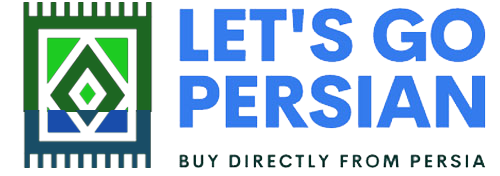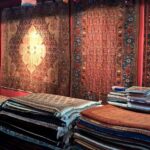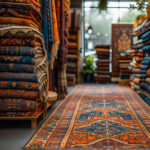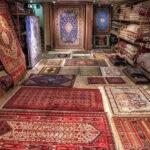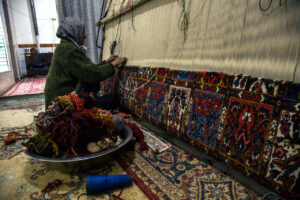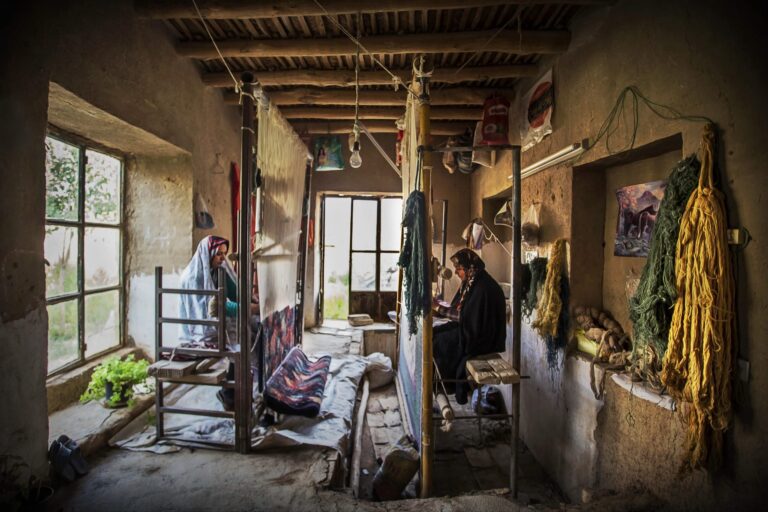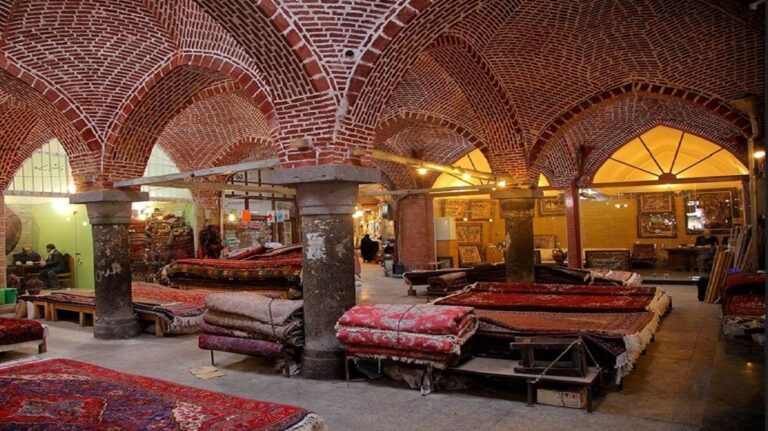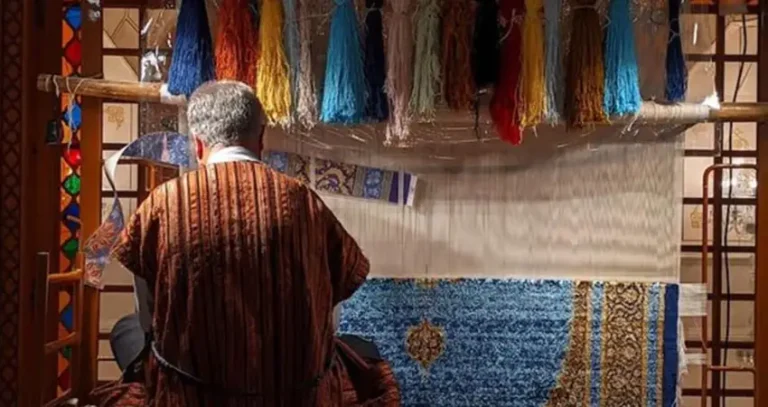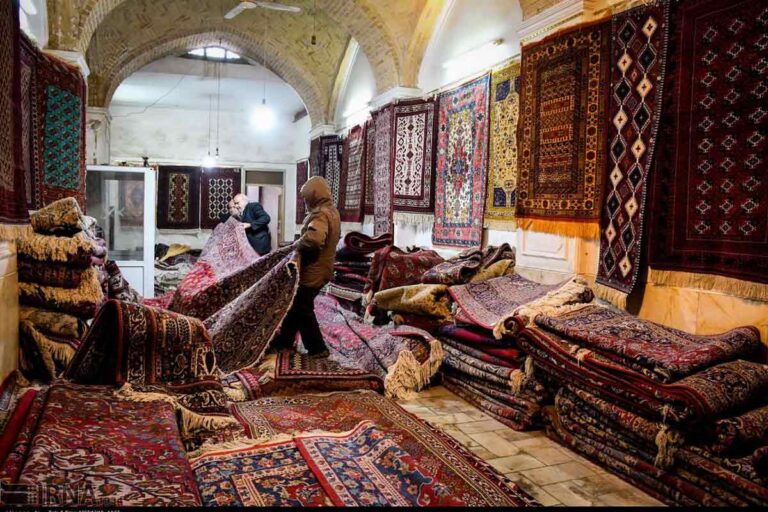Are Persian Carpets a Good Investment?
Persian Carpet in United States
Mastering the Art of Persian Carpet Borders: A Comprehensive Insight
Carpet borders are one of the essential and integral parts of any carpet, giving the main pattern a unique appearance. Considering the various carpet models in Iran, diverse carpet borders can be observed. The size and coloring of carpet borders differ from other parts of the carpet, making them more prominent and enhancing the overall beauty.
Carpet
Carpet and rug weaving are among our country’s most valuable and labor-intensive handicraft industries. Since ancient times, people used to weave various types of rugs and carpets at home for underlaying, and some individuals earned their livelihood by selling these carpets. Today, numerous workshops nationwide engage in carpet weaving and craftsmanship in every city.
Iranian carpet is one of the national industries of our country, highly renowned and famous worldwide, and recognized as an Iranian brand. Iranian carpets consist of various distinctive elements, including “Toranj” (field), “matten” (design), and carpet borders. In the following sections, we aim to share valuable insights about carpet borders. Stay with us.
Carpet Borders
Carpet borders refer to the narrow and wide strips around the edges of a carpet, and their size and models vary in different types of carpets. Most Iranian carpets have borders, and finding a rug without one is rare. Edges contribute to the visual appeal of the carpet and its field and design elements. Designers always consider and incorporate frames into their designs, constituting 30% to 40% of a carpet, emphasizing their significance in aesthetics.
Roles Used in Borders
Designers use various patterns in borders based on the type and model of the carpet they are crafting. There must be harmony and cohesion between the wall and other parts of the carpet; otherwise, the carpet may lose its primary beauty and allure. If, for example, the field of the rug has large flowers and scenes from nature, the border must maintain uniformity with these patterns.
Coloring of Carpet Borders
The color and dyeing of borders are crucial aspects of carpet design. Designers aim to differentiate the border’s paint from the central field, making it visually distinct. Usually, border colors are coordinated with the main pattern, creating a beautiful and harmonious color scheme. The diversity in border designs adds to the overall beauty of the carpet.
Connection Between Borders and the Main Field
As mentioned earlier, there should be a specific relationship and connection between borders and the main field of the carpet. Typically, Shah Abbasi patterns, inscriptions, and motifs are used in carpet borders. Skillful designers achieve a precise balance between the density of textual patterns and borders, leaving minimal empty spaces in the woven carpet. The weaver’s skill is crucial in creating unique and captivating effects, particularly in silk carpets with intricate knotting.
Various Sections of Borders
Artisans involved in carpet weaving must meticulously and calculatedly weave carpet borders; otherwise, the wall might lose its original form and character. People engaged in carpet weaving should accurately incorporate carpet borders, as otherwise, the wall will lose its original condition and, colloquially speaking, become crooked and uneven. Designers consider various sections for the beauty of the wall. Some of the different areas of the division include:
- Side Borders of the Carpet
- Middle Borders of the Carpet
- Entrance Borders
- Illy Borders
We have provided explanations about the side and middle parts of the border.
Side Border: Side borders are located on both sides of the middle frame, approximately half the size of the central structure. They feature intricate and small patterns and motifs, and their colors are often distinct from the main frame, adding significant charm to the carpet’s edge and itself. The designs in this section vary based on the region where the rug is woven. For example, Tabriz carpets use finely interconnected floral prints on the side border. It’s worth noting that the side border is one of the first sections woven by the carpet weaver at the beginning of the carpet-making process.
Middle Border: After the side borders, we move on to the middle frame, one of the most essential parts of the wall, adorned with beautiful patterns and motifs. Diverse and extraordinary patterns can be observed in the central structure. It separates from the side borders with very delicate strips and presents itself. Designers use repetitive and interconnected patterns in the main frame, and you can see a pattern repeated along the length of the carpet. Undoubtedly, the colors in these sections will differ from other parts of the rug.
Turkmen Border: Turkmen borders are distinctive and famous for their unique designs. Turkmen carpets exhibit a variety of design languages, setting them apart from other Iranian carpets. Turkmen designers aim to portray Turkmen nomads’ customs, traditions, and culture in their patterns, and the border is no exception. Geometric shapes are commonly used in Turkmen borders, giving them a unique beauty and making their weaving easier and faster. The size varies in Turkmen carpets; it can be more extensive and tiny in others, depending on the designer’s taste. By observing the wall, you can often guess the region of Iran it belongs to.
Self-Edge Border: Self-edge borders are more prevalent in Kerman carpets, and walls, unique to this region, are stunning. These borders usually feature intertwined branch patterns and triple flowers, adding a very independent and fantastic look to the carpet. Carpets of this type are often used for decorations, hanging on the walls of Kerman houses, and some hotels also use them for display. Most of these carpets are exported to foreign countries and enjoy good sales.
Essential Points About Carpet Borders: Important aspects regarding borders include their need for uniformity with the carpet text. Three critical elements for good uniformity include appropriate size, distinct coloring, and harmonious patterns. You can gather helpful information from carpet sellers and weavers to choose the best and most attractive carpet and border. Certainly, rugs woven from silk and silk threads add to their beauty.
Carpets Without Borders: Unlike bordered rugs, there are also ones without borders, often customized and featuring an overall comprehensive design. Skilled artists can easily weave these carpets, and while they lack the charm of bordered rugs, they still have their appeal.

